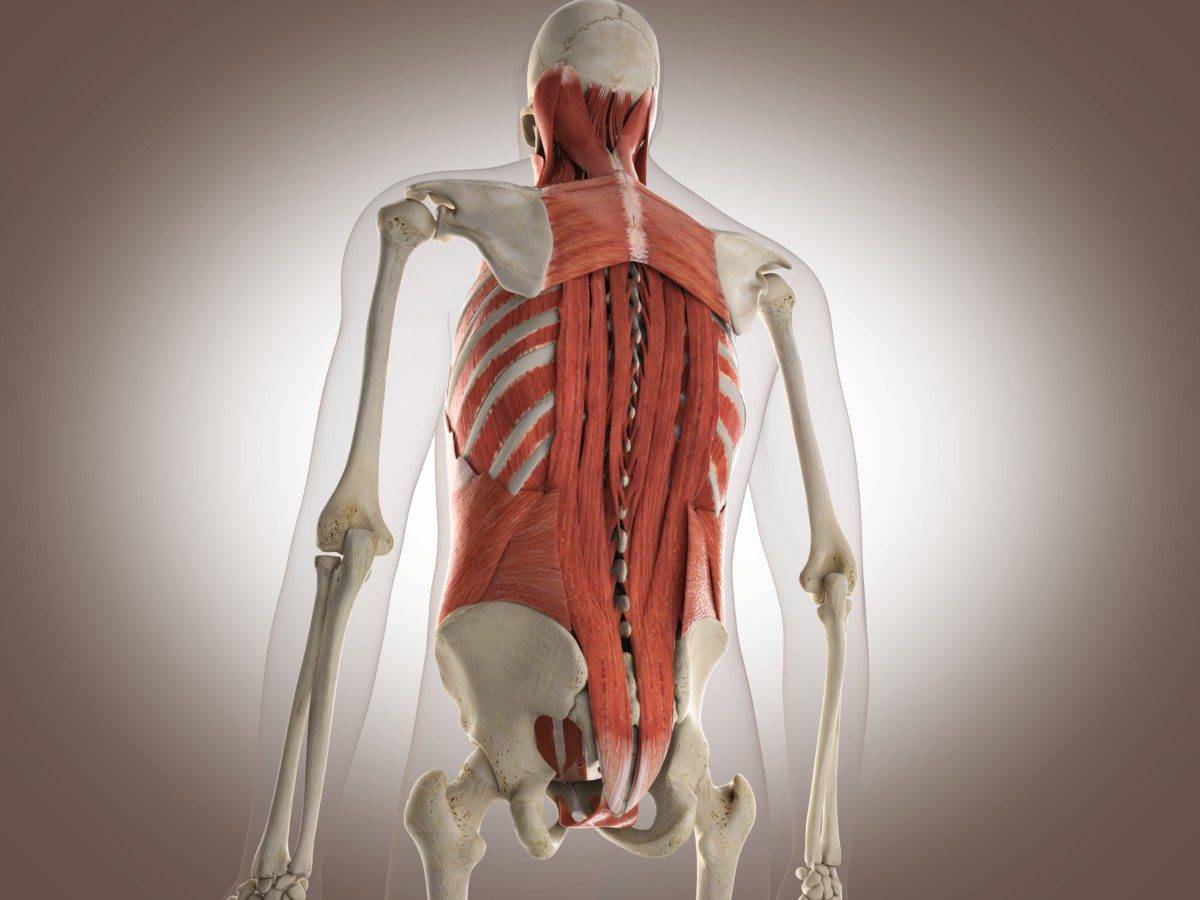By Megan White, RMT
Have you ever done an online workout and it tells you to ‘keep your core tight’ during a particular exercise? They tell you this in order to support the low back, which can help prevent injury. How is it done? And why does this work?
Let’s start with a little bit of anatomy of the main core region of your body. It includes the muscles erector spinae, multifidus, transverse abdominis, internal and external obliques, and (of course) the six-pack muscle – the rectus abdominis. These muscles lay in your abdomen from the back, around the sides, and to the front.

When talking about supporting your lower back I am referring to the front abdominal muscles; the transverse abdominis, internal and external obliques, and the rectus abdominis. Why am I isolating these ones specifically? Well, they are the ones that are predominantly PHASIC muscles, while the erector spinae and multifidus are predominantly TONIC muscles. What’s the difference?
- Tonic muscles are slow-twitch, which means they stay “on” for long periods of time. They are the anti-gravity and postural muscles. Tonic muscles are continuously keeping us upright. These muscles don’t lose muscle tone and strength very quickly.
- Phasic muscles are the opposite – fast-twitch – meaning they are designed for brief bursts of activation. They are action muscles and tire quickly. Phasic muscles are used for our actions and movement. Meaning when they aren’t engaged or strengthened frequently they will lose strength and tone.
This little bit of understanding of these muscles and how they work together helps us see why we need to contract and strengthen our front abdominal muscles in order to support the muscles in our lower back.

If we jump back to what we know about muscle balance and how the body needs this balance in order to properly support the joints and reduce injury, you can see why keeping balance between the back and front is important. When you are using your back muscles to lift, twist, or pull, you are contracting these muscles and are using a great deal of strength without any support. This can easily lead to muscle strain or – worse – injury.
So then these phasic muscles need to be consciously contracted to build and maintain strength in order to offer support to your lower back during these movements. The muscles in your back keep it properly aligned and stabilized while the abdominal muscles maintain a proper curve in your spine and a neutral pelvic position, which is how you can help prevent pain and injury.

Now that it is understood why to strengthen and contract the core during these strong extension actions, the next part is how do you maintain a “tight” core during exercise?
During a movement, whether it is during a workout routine or everyday life you should always keep in mind to keep a “tight” core to support the back. You can do this by simply pulling your belly button in towards your spine and then up towards your ribs. This action contracts both the rectus abdominis and the transverse abdominis, thus bringing the slight action of the ribs and pelvis moving towards each other. This is the opposite action of the back muscles, therefore giving your back muscles the needed support in the front of the spine, keeping it neutral.
It is important to remember to do this when any strain is placed on the low back. When doing any lifting, whether it be during exercise or yard work, lifting bags or children, anytime you feel your back working to extend or lift any type of weight, remember to pull your belly button in and up. As a whole the core muscles work together to prevent back injuries like disc problems, sprains, and strains that can cause substantial pain and immobility.

